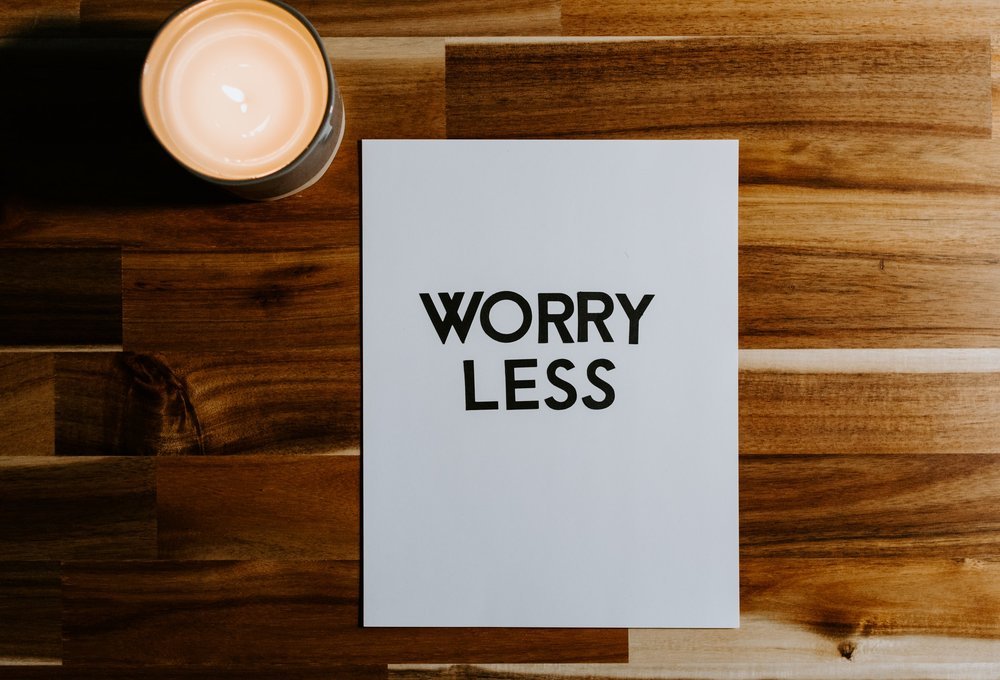How To Treat Problematic Worry And Generalized Anxiety
Excessive and problematic worry causes significant distress for many people, some of whom will meet criteria for a mental health issue called Generalized Anxiety Disorder (GAD). This post describes problematic worry and GAD, and introduces some of the strategies used to treat these difficulties!
What is Problematic Worry and Generalized Anxiety?
We all worry sometimes, whether about work, relationships, or our futures, but not everyone experiences worry in a way that is significantly problematic or excessive.
Worry can become particularly problematic when it is frequent, excessive, and difficult to control. Such problematic worries can often be about relatively mundane events, such as your partner being slightly late coming home from work or your boss asking to have a meeting next week.
Generalized Anxiety Disorder (GAD) is a type of Anxiety Disorder that is applicable for some people who experience problematic worry. To be diagnosed with GAD, someone needs to experience the following:
Repeated, excessive worries that occur most days about numerous events and activities for at least six months
The worries are difficult to control
The person also experiences three or more of the following:
a. Restlessness or feeling ‘keyed up’
b. Being easily fatigued
c. Concentration difficulties
d. Sleep disturbance
e. Muscle tension
f. Irritability
The anxiety and worry cause significant distress or impairment
The anxiety and worry is not better explained by another mental or physical health condition and are not attributable to substance use
We can see that one needs to experience numerous symptoms related to problematic worry to meet criteria for GAD. Simply having unhelpful worries some of the time isn’t the same as having GAD.
Nearly 3% of the population will meet the symptom criteria for GAD in any given year, and nearly 6% of the population will meet criteria at some point in their lives.
If you have problematic worry, exploring psychotherapy could be a good idea, whether or not you check all the boxes for GAD. As always, note that diagnoses should only be made by qualified mental health professionals.
How are Generalized Anxiety and Problematic Worry Treated?
The first-line psychotherapy for issues related to problematic worry and GAD is Cognitive-Behavioural Therapy (CBT). This is a treatment in which you’ll identify and work on:
1. Unhelpful thinking patterns that are increasing your anxiety about negative outcomes and your perceived inability to cope with feared outcomes
2. Unhelpful behaviour patterns that are perpetuating your worry and anxiety, which are often aimed at reducing anxiety about uncertainty
A key focus in most CBT treatments for problematic worry is working on behavioural experiments related to uncertainty. A behavioural experiment involves making a hypothesis about a feared outcome and testing out your hypothesis like you would in a scientific experiment. Experiments let us see how accurate our worries are, and they typically help us learn that worries aren’t as accurate as we assume and that we’re better able to cope with distress than we think.
CBT will also usually involve a focus on challenging unhelpful thinking patterns that perpetuate the worry cycle, such as highlighting the downsides of frequent worry and related safety behaviours.
Treatment will often include mindfulness practices as well to help increase acceptance of distress.
WG Psychology
WG Psychology is a psychology and psychotherapy clinic based in Toronto that helps people live more connected, purposeful lives through compassionate, evidence-based mental health support. Connect with us to see if we’re a fit for you!
Disclaimer: This post is intended for educational purposes only and is not a substitute for psychotherapy. The information provided is general and may not be appropriate for your particular mental health needs. Always consult a qualified health professional to discuss your personal needs and goals.

